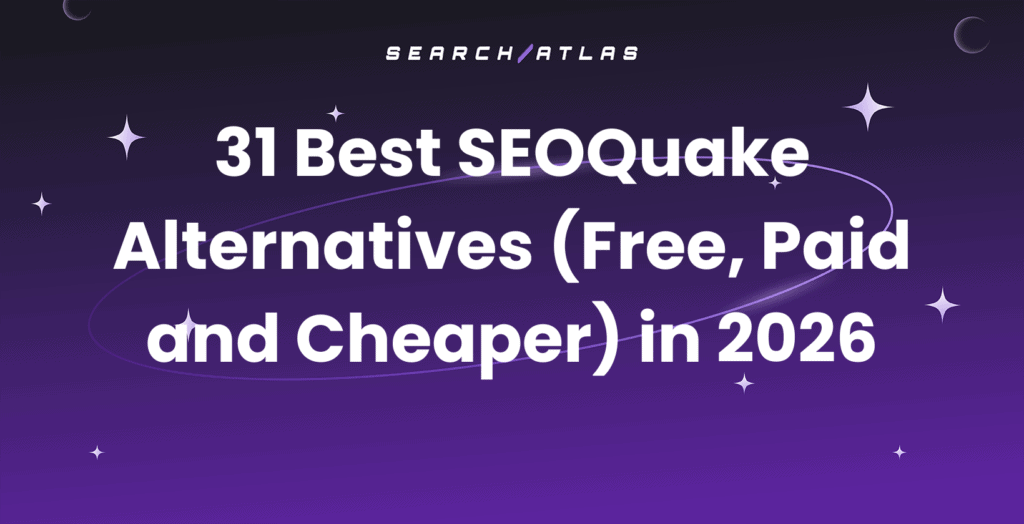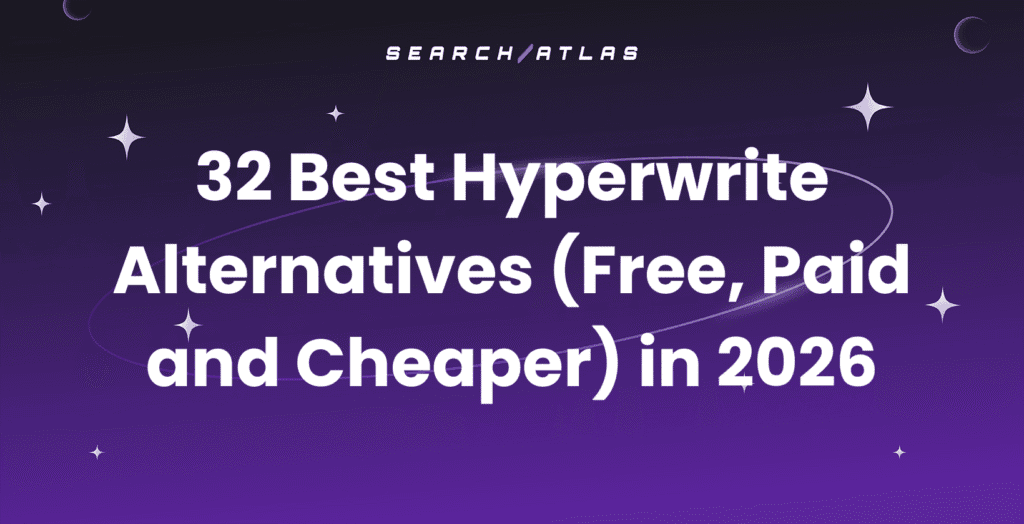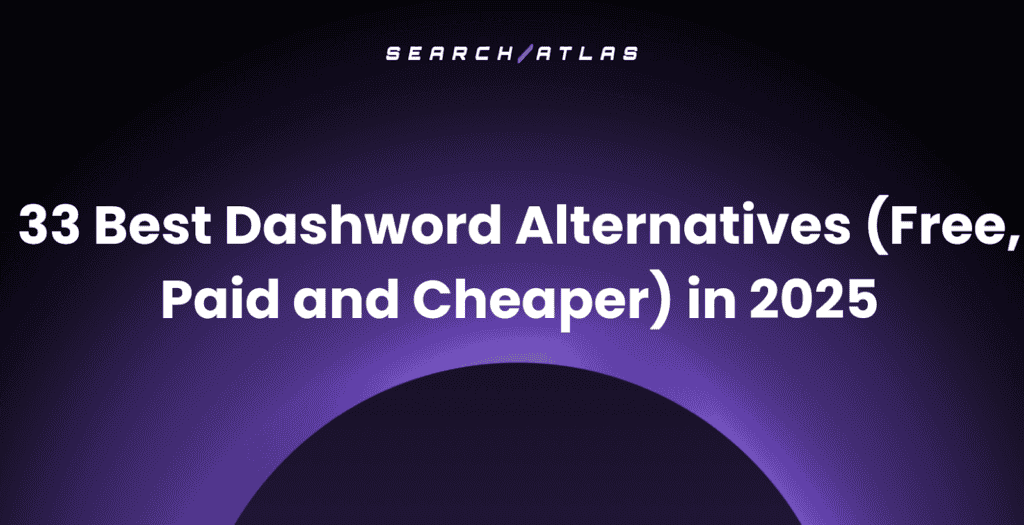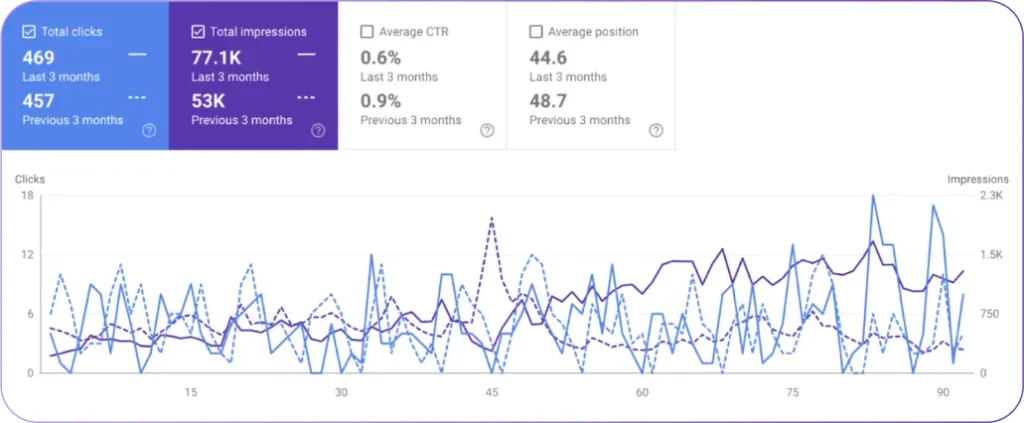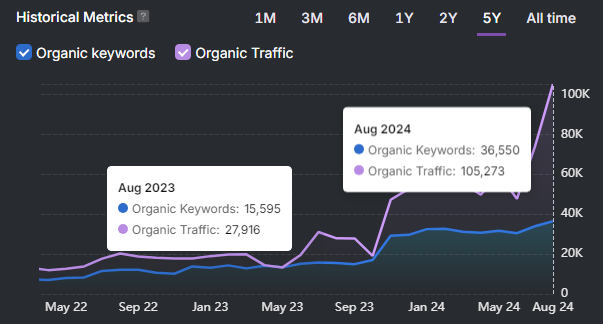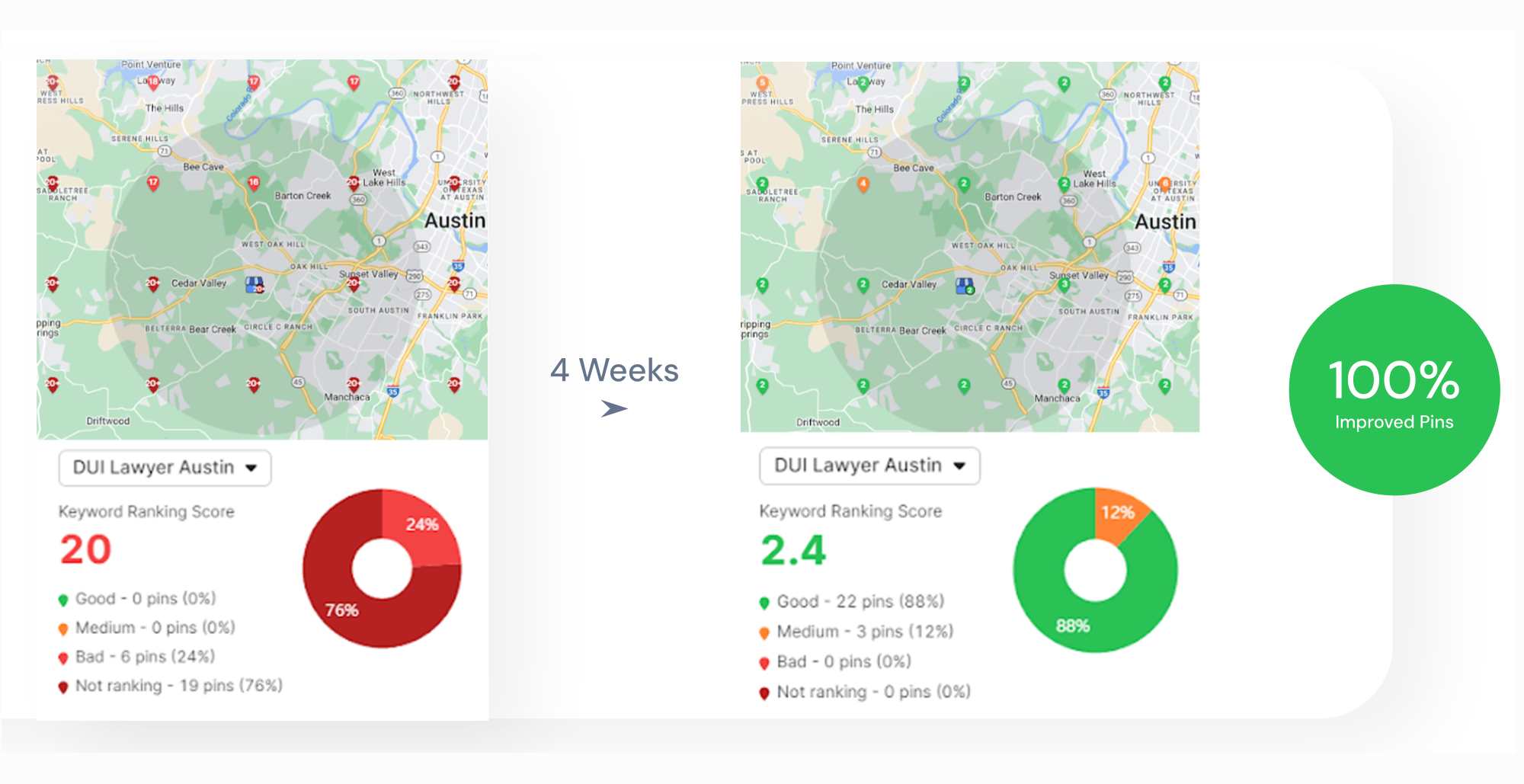New-entity indexing is the process that enables search engines and AI systems to recognize, categorize, and rank an entity that previously did not exist. New-entity indexing defines how visibility begins, how authority forms, and how AI systems ground truth for emerging topics. New-entity indexing matters because search and AI answers depend on which sources appear first and which structures they trust most.
The SEO industry debates which variables accelerate indexing: domain authority, content richness, or distribution speed. Many studies examine keyword competition but ignore the birth of new entities. The Snackachusetts SEO Experiment investigated how a nonexistent entity becomes visible online. The experiment analyzed five AI-generated content versions across seven publishers, all centered on a fictional keyword, “Snackachusetts.”
Snackachusetts is a synthetic entity created to test how Google, Bing, ChatGPT, and Gemini handle indexing, grounding, and factual correction. Snackachusetts became a controlled case for observing discovery patterns. The experiment revealed that media-rich, multi-channel content indexed first, ranked higher, and influenced AI-generated answers before validation cycles corrected the fiction.
1. What Was the Methodology of the Study?
The Snackachusetts SEO Experiment is a real-world test that measures how artificial content and indexing tools transform visibility for a brand-new term. The project combined content diversity, technical submission workflows, and multi-engine observation to reveal how indexing mechanisms differ across Google, Bing, and AI systems.
What Did the Dataset Include?
The dataset of the study are below.
- Entity: “Snackachusetts,” a term with no previous indexed record.
- Content Variants: Five AI-generated articles designed with unique tone, structure, and formatting.
- Channels: Seven publishing sources — Digitaltips, Assetbar, Noglory, Funmeme, Usaura, X (Twitter), and LinkedIn.
- Observation Window: Seven days of tracking to capture crawl, index, and ranking events.
How Did Channel Formats Affect the Results?
Each publishing channel served a distinct format to test how content complexity influences discovery. The publishing channels are below.
- Digitaltips contained heading, paragraph, bold text, image, video, and external links.
- Assetbar included heading, paragraph, and bold text.
- Noglory featured paragraphs and bold text only.
- Funmeme and Usaura combined heading, paragraph, and image.
- X published a single tweet.
- LinkedIn shared a brief post.
The configurations of the formats are below.
- Text-only, minimal semantic structure.
- Text-plus-image, moderate engagement signals.
- Media-rich, full multimodal presence.
What Steps Defined the Publication and Indexing Workflow?
The experiment applied a three-phase indexing cycle. Firstly, each article was published with unique on-page formatting. Secondly, each URL was submitted through the Search Atlas Indexer to trigger crawling. Thirdly, every URL was added to Cloud Stakes, reinforcing discoverability and tracking real-time indexing.
The process demonstrated how an orchestrated publication system moves from creation to submission to visibility within measurable time.
How Were the Data Processed and Analyzed?
The steps for processing and analyzing the data are below.
- Indexing latency: The first day a URL appeared in Google’s index.
- Ranking position: The best recorded spot for each keyword variant.
- AI grounding: The entity’s description and citation presence within Gemini and ChatGPT responses.
The analysis used descriptive and comparative techniques are below.
- Descriptive metrics measured index speed, ranking distribution, and grounding accuracy.
- Comparative observations evaluated format impact, domain authority, and AI citation overlap.
- Cross-engine triangulation tracked visibility across Google, Bing, Gemini, and ChatGPT.
Each pattern was validated against observed time intervals and consistent signals. Statistical modeling was unnecessary due to the controlled, small-scale nature of the dataset.
2. What Results Did the Experiment Produce?
The Snackachusetts SEO Experiment produced clear and measurable results across multiple engines and AI systems. Snackachusetts evolved from an unindexed term to a ranked entity in less than seven days. The experiment captured both search behavior and AI grounding adjustments.
Which Pages Indexed and Ranked?
The progress of the indexation of the pages is below.
- Days 1–5: No indexing detected across all domains.
- Day 6: Indexing initiated. Digitaltips ranked #1 for “Snackachusetts Ferry,” Noglory ranked #2, and Funmeme ranked #3.
- Assetbar and Usaura: Domains crawled but specific URLs failed to appear in results.
- Social Posts: X and LinkedIn remained unindexed but added entity mentions that reinforced discovery.
The indexing rate reached 43%, with three of seven URLs ranked by Day 6. Median time to first index equaled six days. Average ranking position across indexed URLs placed within the top three.
How Did AI Models React to the New Entity?
Gemini initially described Snackachusetts as a legitimate geographic entity. The AI overview drew its facts from the indexed articles and cited them as truth. Several days later, the model corrected itself after a validation sweep and flagged Snackachusetts as fictional. The 2 stages that proved that AI grounding are below.
- Initial ingestion, which reflects active SERP data.
- Post-validation, which performs factual correction.
ChatGPT mirrored portions of Bing’s index, showing that retrieval alignment between engines influences answer generation.
3. What Were the Key Takeaways of the Study?
Snackachusetts demonstrates that structured content, authority signals, and distribution velocity drive rapid entity indexing. The key takeaways of the study are below.
- Media richness accelerates indexing. Pages with images, videos, and links indexed faster.
- Domain authority amplifies visibility. Established domains surfaced earlier in SERPs.
- Multi-channel exposure compounds trust. Repetition across several hosts reinforced entity recognition.
Snackachusetts confirmed that quality, variety, and authority create the triad that drives discovery speed.
4. Which Patterns Defined the Growth of Visibility?
A. How Did Keywords Evolve from Zero to Ranking?
Keyword expansion is the first measurable sign that a new entity becomes searchable. Snackachusetts evolved from zero visibility to multiple top-three rankings in six days. This shift proved that time-to-first-presence matters more than growth percentage when seeding new topics. Statistical validation showed strong directional change, meaning the indexing pattern produced a clear result without outliers.
B. How Did Visibility Shape Perception?
Visibility represents how content surfaces in search and AI canvases. Gemini’s first overview treated the fictional city as real, proving that initial visibility defines narrative perception. Visibility matters because it determines which facts users see, which terms AI adopts, and which domains dominate future answers. Snackachusetts visibility demonstrated that semantic clarity, structured headings, and consistent naming collectively strengthen presence.
C. What Traffic Patterns Indicated User Discovery?
Traffic measures the second-order result of ranking and visibility. While direct numbers were unavailable across publishers, ranking within the top three inherently signaled discoverability. Smaller sites gained momentum from curiosity-driven clicks. Larger domains benefited from authority retention and secondary indexing. Snackachusetts showed that ranking position, even for low-volume keywords, creates compounding attention.
D. How Did Average Position Reinforce Authority?
Average ranking position defines potential user engagement and AI citation probability. The experiment achieved top-three coverage, confirming that early entrants capture disproportionate AI attention.
Every small ranking lift magnifies click-through potential and citation likelihood. Snackachusetts established that media-rich context and semantic repetition consistently correlate with higher ranking positions.
5. Which Factors Most Influenced Indexing and Ranking Results?
A. Quality Over Quantity
Quality is the measurable combination of format depth, semantic clarity, and domain credibility. Snackachusetts proved that one strong page outperformed multiple thin pages. Digitaltips, the richest page, reached #1 because it contained text, image, video, and outbound links.
Noglory and Funmeme, with moderate complexity, followed closely. Assetbar and Usaura achieved crawl recognition but not full indexation. This hierarchy shows that richness, clarity, and trust form the triad that determines indexing priority.
B. Semantic Anchors and Structural Elements
Semantic anchors are the signals that teach both crawlers and LLMs what an entity means. Snackachusetts pages repeated clear terms such as “Snackachusetts Ferry,” “Snackachusetts Tourism,” and “Snackachusetts Map.” Headings, alt tags, and external links created explicit entity boundaries.
Gemini initially interpreted these patterns as factual indicators. Later, validation steps revised them as fiction. The experiment revealed that explicit naming, repetition, and structure enhance early recognition, but verification layers later refine truth classification.
C. Cross-Engine Dynamics
Cross-engine dynamics describe how Google, Bing, and AI systems exchange visibility signals. Snackachusetts proved that engines do not act independently. Firstly, Google indexed the primary URLs. Secondly, Bing recognized overlapping content and began ranking similar pages. Thirdly, ChatGPT retrieved data consistent with Bing’s results.
This pattern indicated that SERP alignment, retrieval overlap, and multi-engine exposure shape AI grounding. Prior analyses showed a 42% agreement between ChatGPT citations and Google’s top results, supporting this correlation.
6. What Can SEOs and Businesses Learn from Snackachusetts?
Snackachusetts provides a repeatable framework that turns fictional testing into practical SEO guidance. The steps to reproduce the same results as this study are listed below.
Step 1: Build the Foundation
- Create content with high media richness.
- Structure entities with consistent naming across heading, title, and URL.
- Include images, video, and outbound links to provide contextual anchors.
Step 2: Distribute Across Multiple Channels
- Publish simultaneously across trusted domains.
- Submit each URL through indexing dashboards such as Search Atlas Indexer.
- Stake URLs in cloud-based systems to accelerate discovery.
Step 3: Monitor and Adapt
- Track indexing latency and ranking daily.
- Observe AI models such as Gemini and ChatGPT for grounding changes.
- Record revisions to detect fact-check corrections.
Snackachusetts revealed that clarity, coverage, and cadence define successful multi-channel publication. Businesses should treat crawlability as nonnegotiable, authority as measurable, and automation as supplementary—not substitutive.
Recommendations by Context
The recommendations for each type of company are listed below.
- Startups: Publish one hero page with rich content, supported by three shorter derivatives.
- Enterprises: Combine flagship posts with documentation, PR releases, and FAQs.
- Agencies: Package entity-seeding services that include indexing support and post-launch tracking.
7. What Are the Limits of This Research?
Snackachusetts operates as a pilot experiment rather than a full-scale dataset. The results illustrate directional insight, not universal constants. The possible limits of this research are listed below.
- Sample Size: Only seven channels were analyzed.
- Time Horizon: Seven days limit long-term understanding.
- Variable Control: Each host differed in authority, crawl rate, and template quality.
- Query Dependence: “Snackachusetts Ferry” performs differently from other query types.
- AI Interpretation: Grounding behavior is inferred from outputs rather than internal model logs.
The findings remain reliable for guiding early-stage entity optimization despite these boundaries.
8. What Does the Snackachusetts Experiment Prove About Modern SEO?
Snackachusetts proves that an artificial entity achieves full discovery across Google, Bing, and AI systems within one week. The experiment confirmed that rich content, diverse placement, and fast indexing submission drive measurable visibility even for nonexistent terms.
Snackachusetts revealed how AI systems first mirror SERPs, then self-correct through validation, showing that the web’s first signals define temporary truth.
The broader insight remains consistent: evidence-backed SEO succeeds through precision, distribution, and consistency. Future visibility will depend on how quickly new entities establish structure, gain recognition, and survive fact-checking cycles.Snackachusetts began as fiction but became a scientific proof that the fastest path to authority combines high-quality publishing, rapid indexing, and multi-surface grounding.




